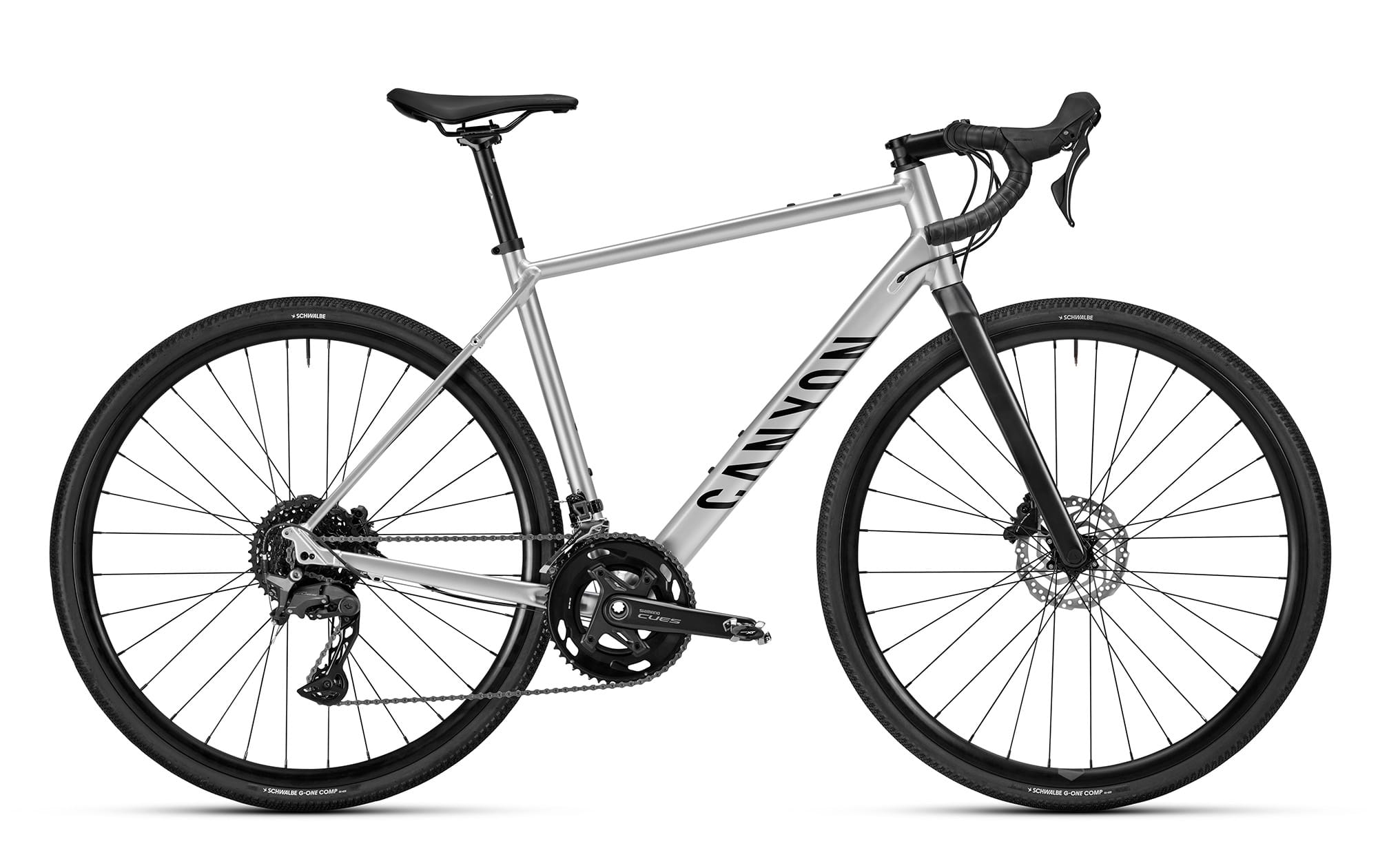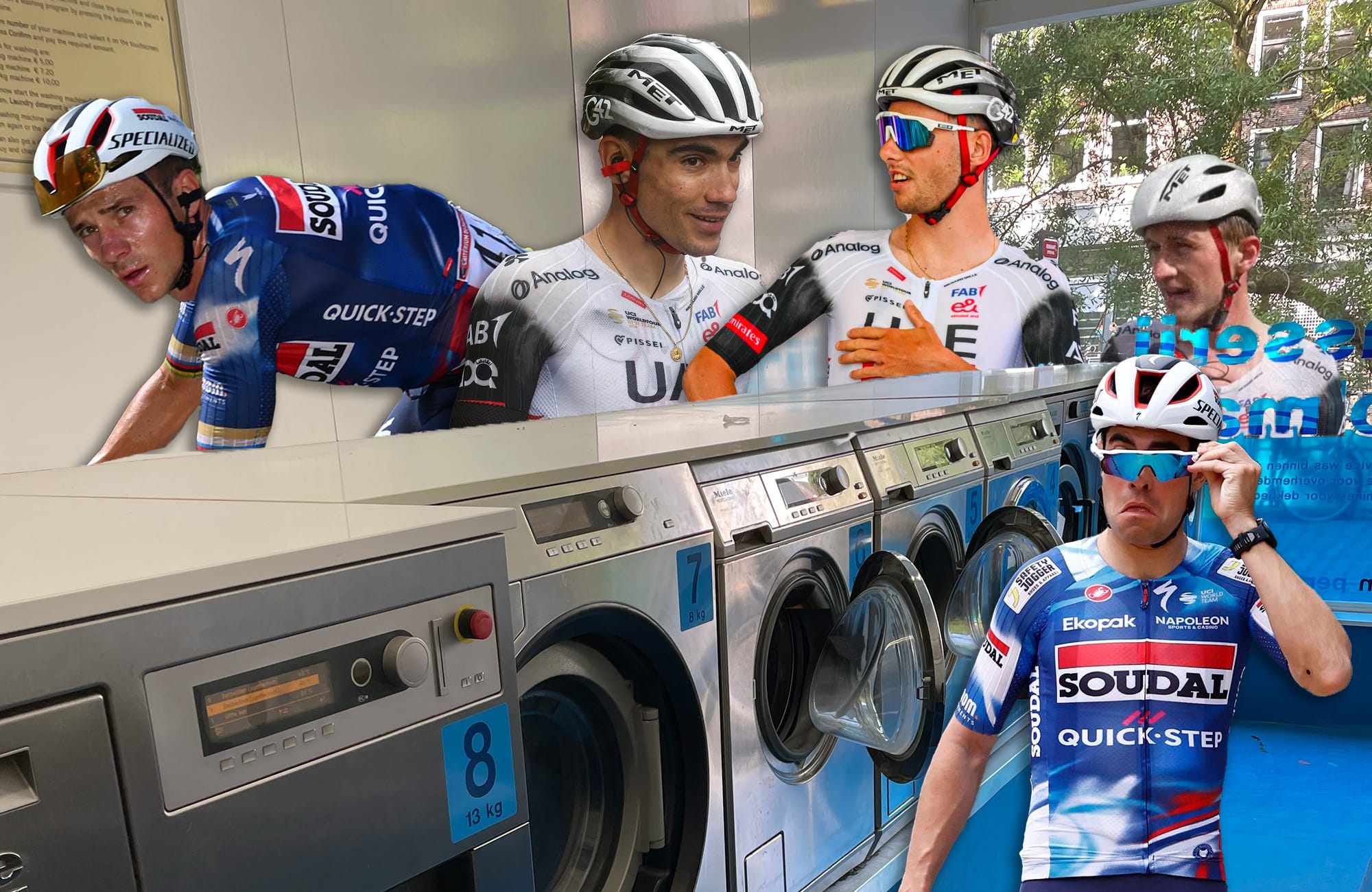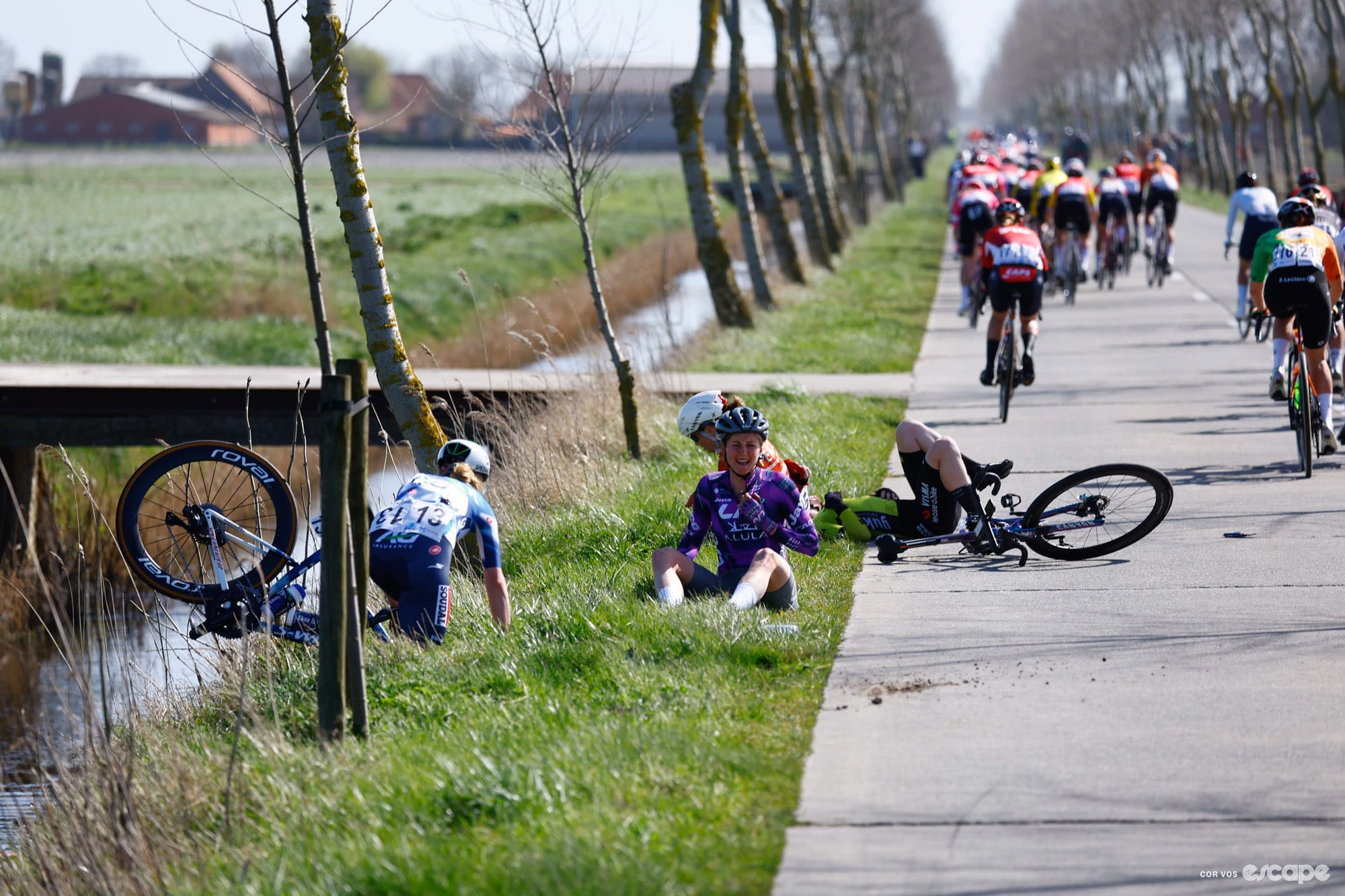As the maker of some of the most popular high-performance road clinchers out there, it’d be safe to assume that Vittoria has treaded carefully when replacing the venerable Corsa and Corsa Control (pun very much intended). Taking their place are the new Corsa Pro and Corsa Pro Control, and as you’d expect, Vittoria is making some pretty big claims here.
Compared to the outgoing Corsa, Vittoria says the new Corsa Pro offers 12% less rolling resistance and is 18% more resistant to punctures, while also being 4% lighter. And for the Corsa Pro Control, it’s said to be just 2% faster and 2% lighter, as well as 19% more puncture-resistant than the old Corsa Control.
According to Vittoria, the casing materials themselves haven’t changed, with both models using the company’s well-proven 320 TPI polycotton construction. However, a tweaked construction method with a "completely new wrap and process" has supposedly made the casings even more supple than before, despite the updated breaker belts providing that improved puncture protection. Zylon bead materials are carried over from the previous Corsa TLR, but updated bead shaping now make the Corsa Pro and Corsa Pro Control tubeless-compatible on hookless rims (at least for tires 28 mm wide and up). Finally, a refreshed bead shield protects the casing from long-term abrasion when mounted on carbon rims.
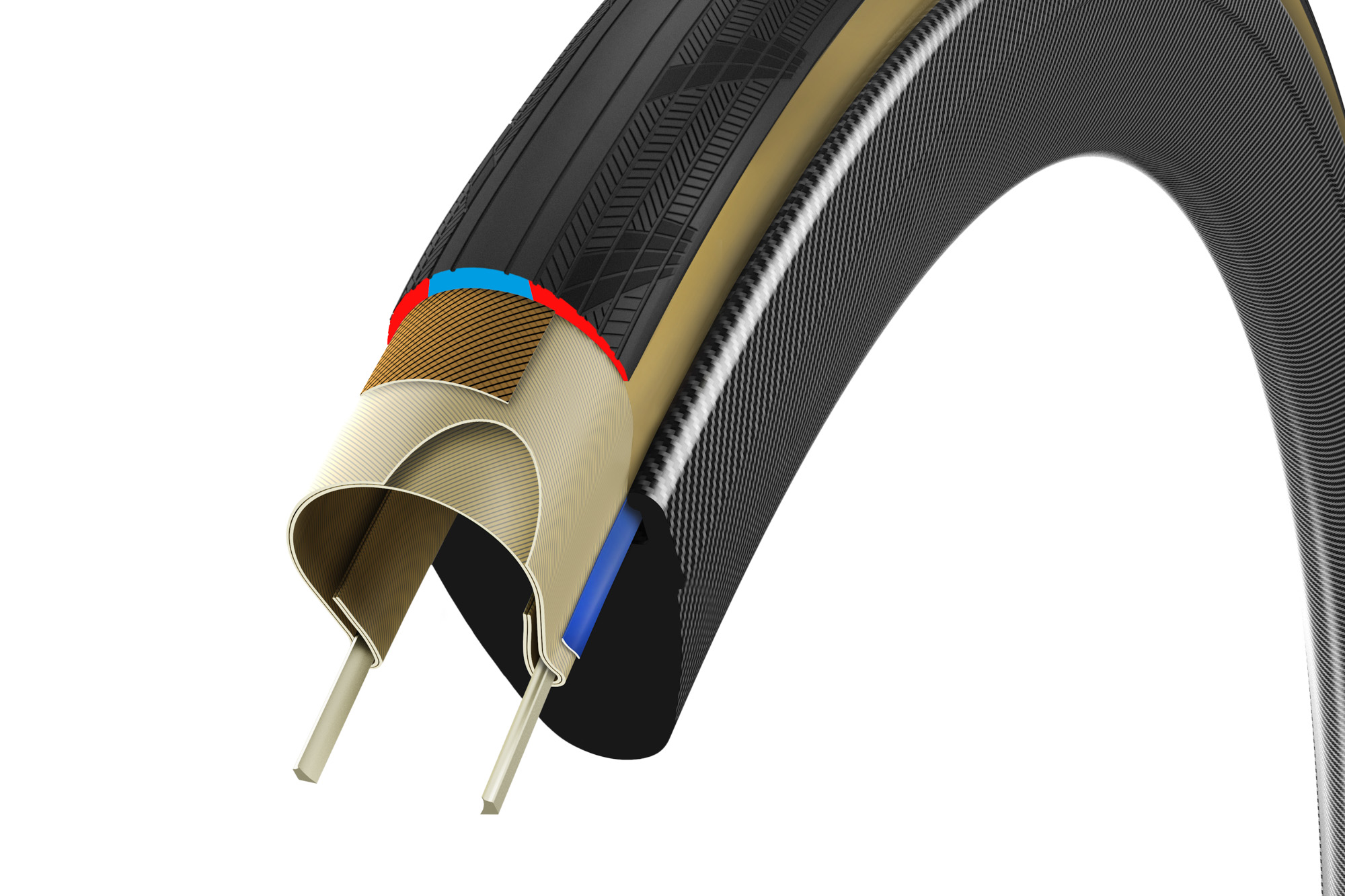
Vittoria says the graphene-and-silica tread compounds have been updated, too, and while the Corsa Pro uses the same tread pattern as before, the Corsa Pro Control gains a new “fishbone texture” that supposedly improves cornering grip. The Corsa Pro Control also uses a thicker and wider tread cap (hence the improved puncture resistance relative to the Corsa Pro), and both models get a new tread manufacturing process that’s supposedly less apt to separate from the casing over time.
"The construction allows for a seamless transition from tread to casing, which improves on the old construction that had a pronounced lip at the edge of the tread," explained Ken Avery, senior vice president of product development at Vittoria. "However, on this new Corsa Pro casing, the tread band tapers as it approaches the sidewall, and is seamless, thanks to our new electrical curing process.
"While traditional vulcanization of tires uses hot gasses and a thick, rubber, and highly pressurized bladder to shape the tire into a mold, the new revolutionary process of electrical curing does not use gasses, resulting in a more environmentally friendly approach by optimizing the heat distribution into the mold and the time/temperature program. This results in a 100% seamless product, providing the best possible performance from the materials and constructions utilized."
The Corsa Pro is being offered in 700x24-32c sizes, exclusively in tubeless-ready construction (tubes are still fine), and with claimed weights ranging from 265-320 g. There’s also an updated Corsa Pro Tubular (14% faster and 7% better puncture resistance, FYI), for riders that still prefer to glue their tires to the rim, in 23-30 mm widths with claimed weights from 285-365 g.
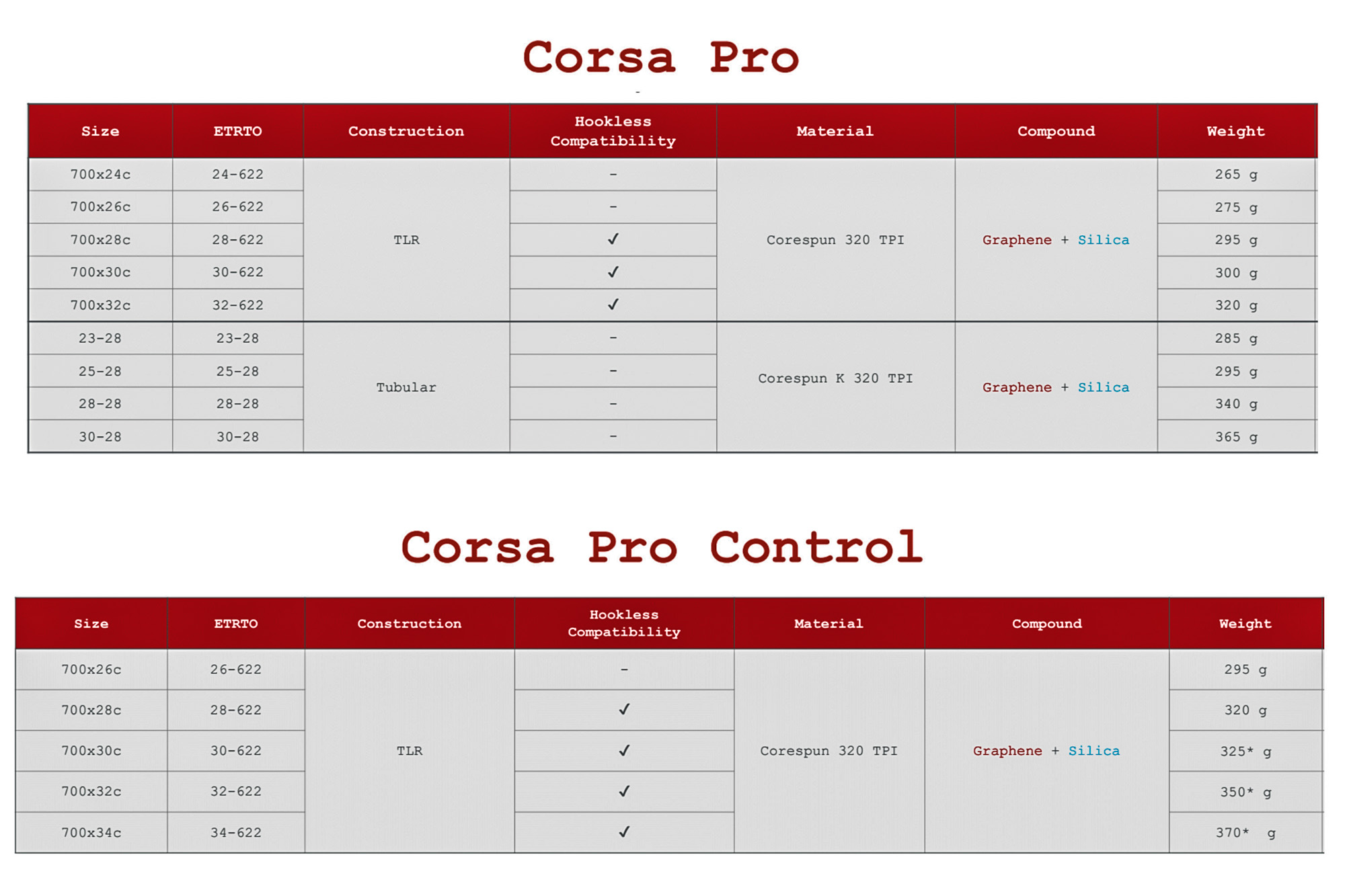
Owing to its somewhat more workhorse intentions, the Corsa Pro Control will be available primarily in larger-volume size options from 26-34 mm – again, exclusively in tubeless-ready casing construction – and with claimed weights ranging from 295-370 g.
All of the new tires are offered exclusively with tan sidewalls; nothing else is planned at the moment.
Retail price for both the Corsa Pro and Corsa Pro Control is US$100 / £90 / €95; the tubulars are US$140 / £120 / €120.
Ride impressions
Ronan Mc Laughlin and myself have both been on the new tires for a couple of weeks now – sufficient for some first thoughts, but certainly not enough for a full-blown review.
Our experiences with installation have been mixed. Ronan found his tires to be “kinda unnervingly easy to install, and loose on the rim, for a tubeless tyre,” while my sets have been about as tight as I would have expected. However, we both agreed they’re much easier to install than any Continental tubeless clincher we’ve used in the past. Neither of us was able to get the tires inflated and seated without using a compressor (Ronan gave up entirely and just ran tubes, in fact), although my tires at least sealed up quickly and thoroughly with the recommended amount of Vittoria sealant.
But once the tires were installed, inflated, and seated, it was a very different story out on the road.
Ronan perhaps summarizes our collective thoughts most succinctly: “Thin, light, and fast.”
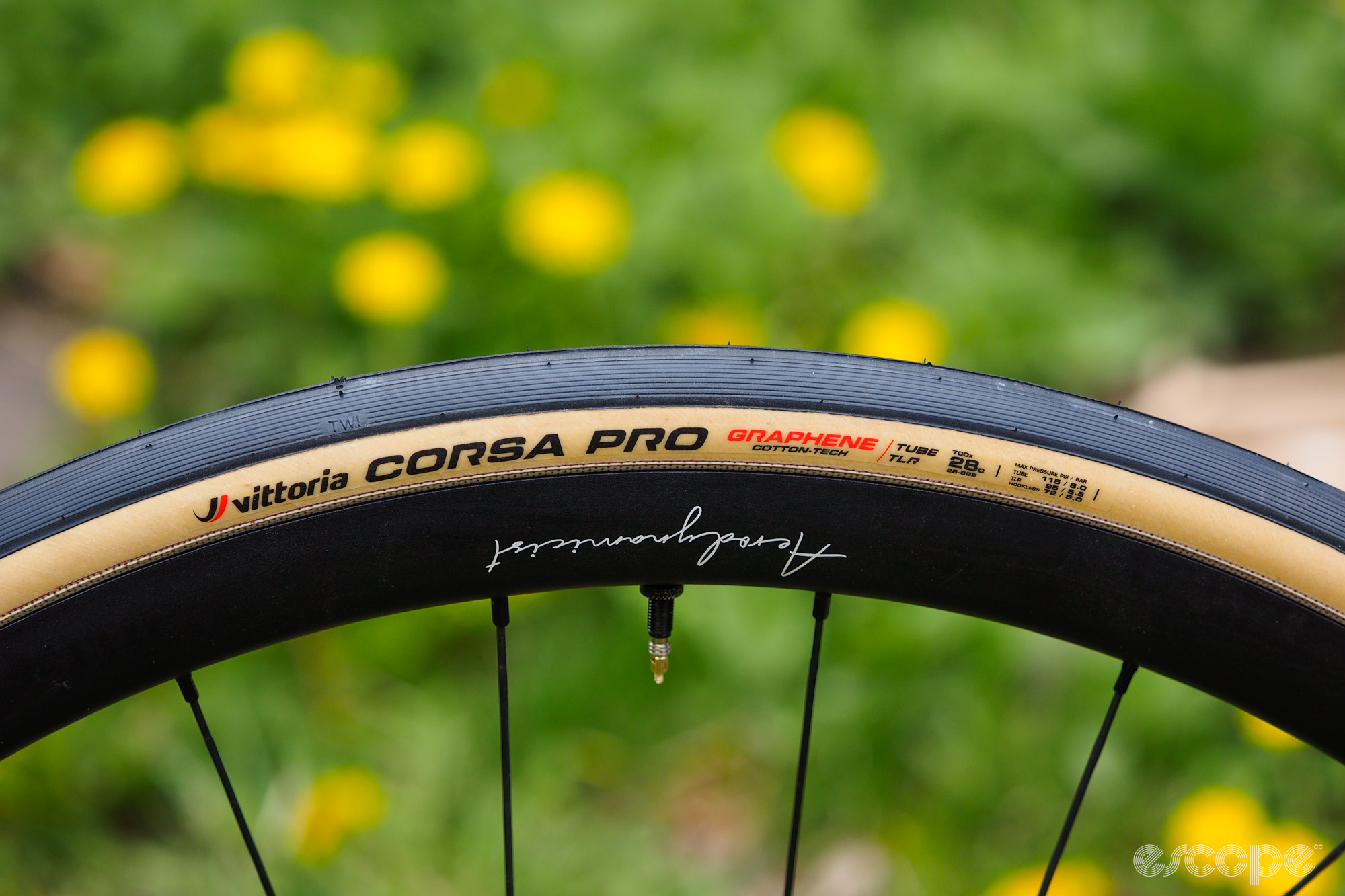
Both tires do feel noticeably fast-rolling – and impressively grippy, at least in dry conditions – and while the Corsa Pro Control does come across as a more robust option, even Vittoria suggests that riders looking for a particularly tough high-performance tire should instead reach for the nylon-casing Corsa Next.
Are the Corsa Pro and Corsa Pro Control as fast as Vittoria claims? We can’t say just yet, but they certainly don’t feel slower than their predecessors (which, given those models’ obvious speed, is by itself a decent endorsement).
They’re also even lighter than Vittoria says. My 28 mm-wide Corsa Pro samples tipped the scales at 274 g apiece – 21 g less than claims – while the 28 mm-wide Corsa Pro Controls were similarly underweight at 308 g each (12 g less than claimed).
That said, long-time Corsa riders should expect these to be narrower than they’re used to.
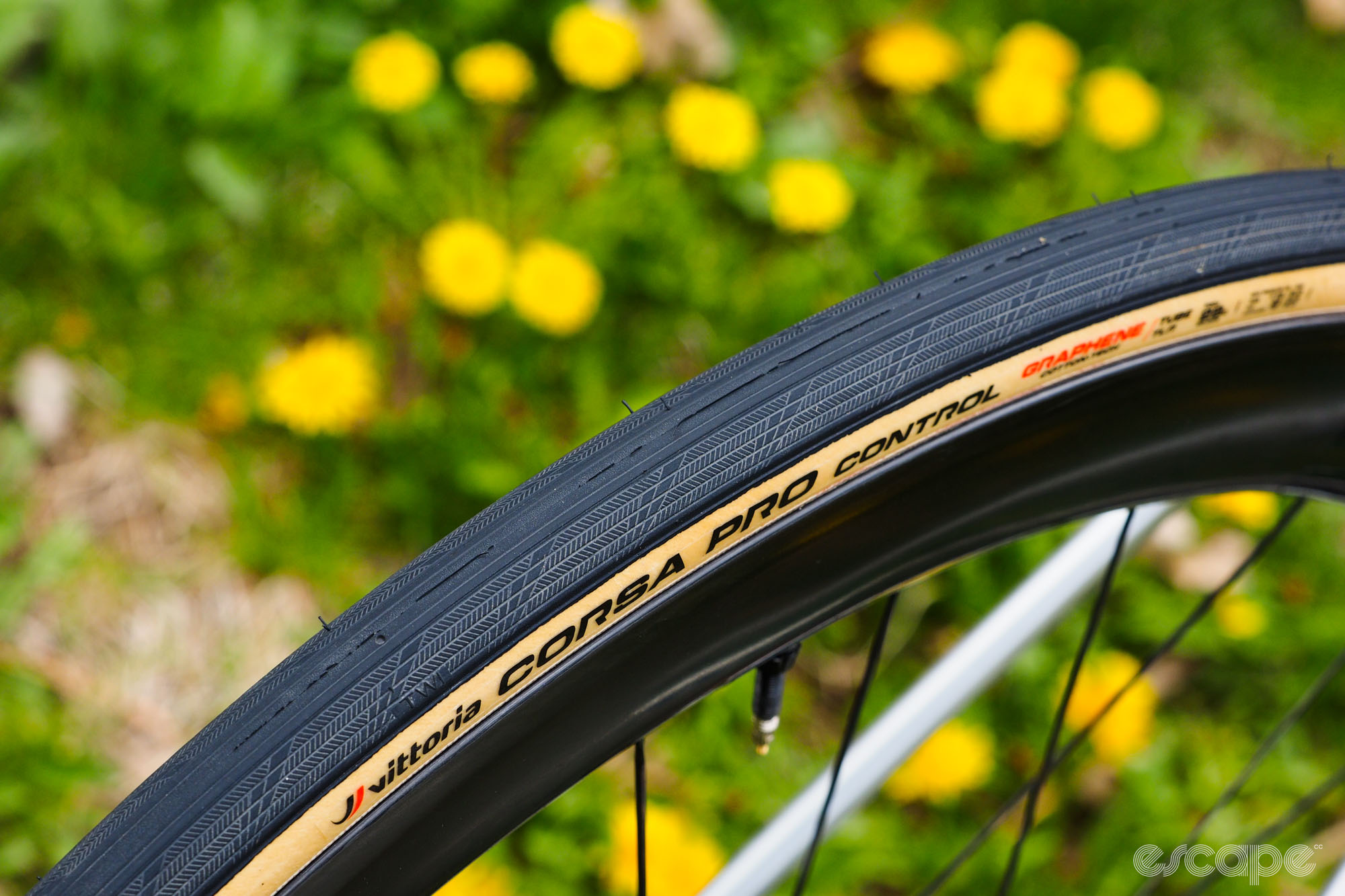
This is because Vittoria has updated the reference rim used to determine the tire’s printed sizing. Whereas a “28 mm” Corsa would often measure a millimeter or two wider than that on a modern rim, my sample Corsa Pros measure exactly 28 mm across on a 20 mm-wide Hunt 34 Aero Wide Disc rim (after 24 hours, inflated to 70 psi). Likewise, a “28 mm” Corsa Pro Control puffed up to just shy of 30 mm on a 24 mm-wide rim under the same conditions.
"All tires are compliant with the latest ETRTO rim widths at time of launch," Avery explained. "The reference rims have grown slightly from the previous generation, depending on tire size. This means that if you put them on an old (narrower) rim, the tire will measure slightly smaller than the indicated size."
That’s not a bad thing, mind you, but it’s something to keep in mind if you decide to buy a set and are expecting them to measure similarly to the old versions.
More concerning are the tread cap dimensions. On my test set of 700x28c Corsa Pros, the tread cap is only 25 mm-wide (measured across the inflated casing). And while the cap is indeed wider on the 700x28c Corsa Pro Controls, it’s still only 27 mm across. Such minimal rubber coverage probably contributes to that gloriously fast and supple feel on the road, but it also raises some concerns.

For example, riders that are especially aggressive with their lean angles through corners in the Corsa Pro might experience some undue casing wear near the edges of the tread cap. And even if you’re more tame through the bends, it seems Vittoria’s puncture resistance claims would almost certainly only apply to the area directly under the tread cap, meaning the sidewalls on both models are left perilously exposed if you ride on particularly ugly tarmac.
“My initial impressions are they’re an improvement over the old version,” Ronan said, “They feel nicer and more supple, grippier to the touch, and seem to be more durable based on nothing other than the fact I haven’t had any cuts yet while the old Corsas cut notoriously easily around here. The proof will be longer-term.”
Just how much better the new Corsa Pro and Corsa Pro Control are than the old models remains to be seen as Ronan and I continue to rack up the hours on these things, as well as how much those narrower tread caps matter in the real world. But in the meantime, man, do they sure ride nicely.
More information can be found at www.vittoria.com.
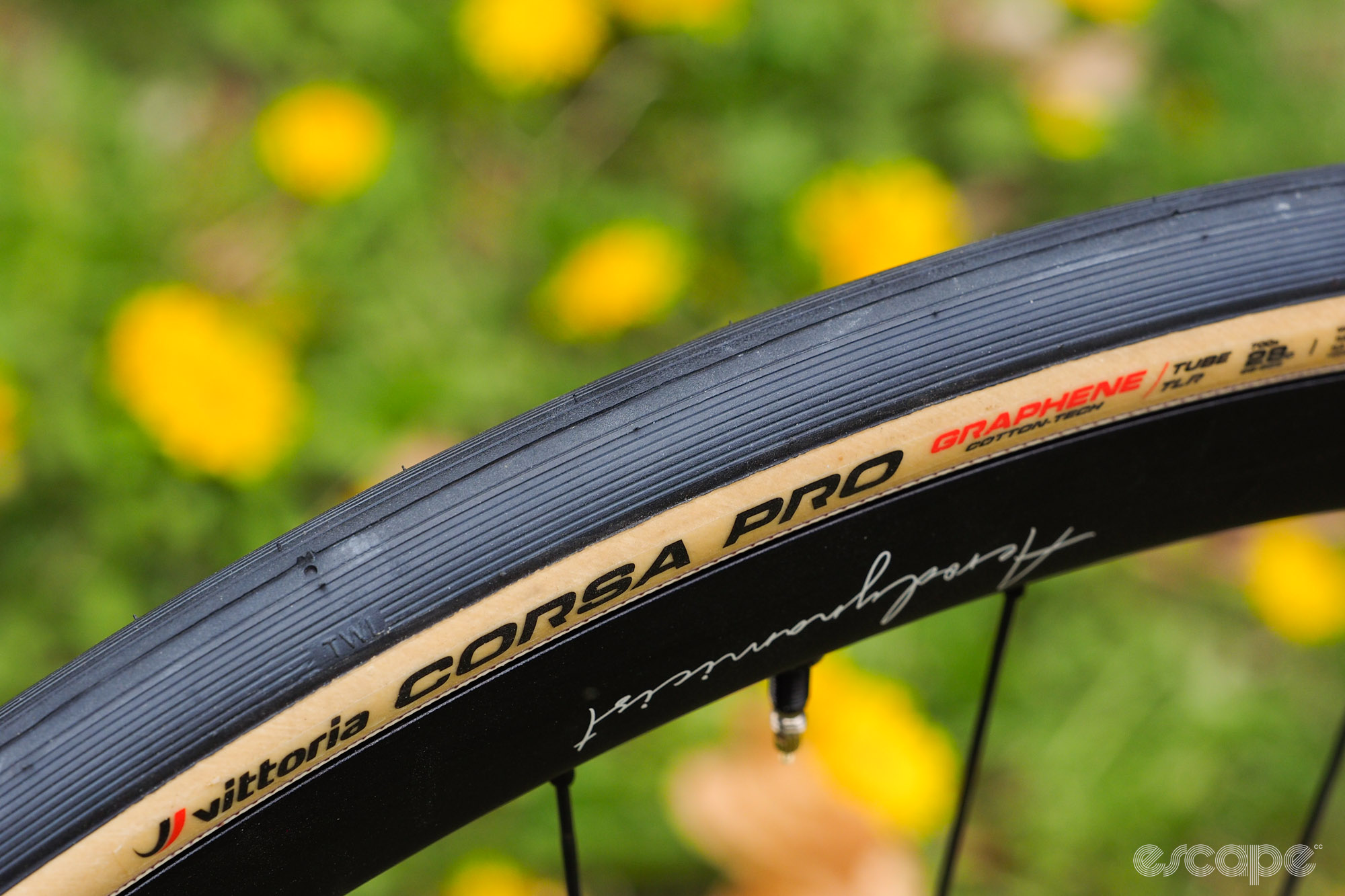

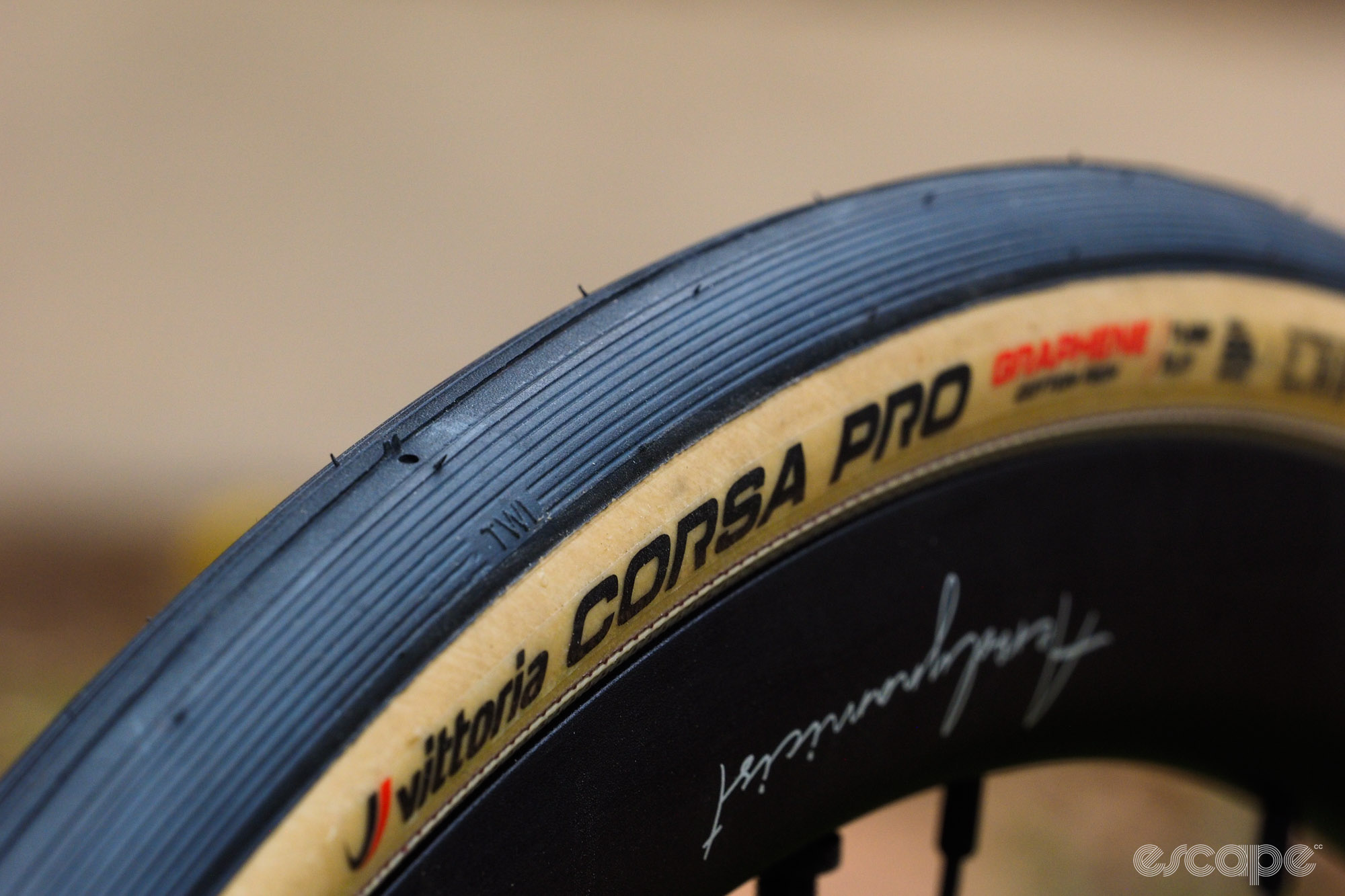
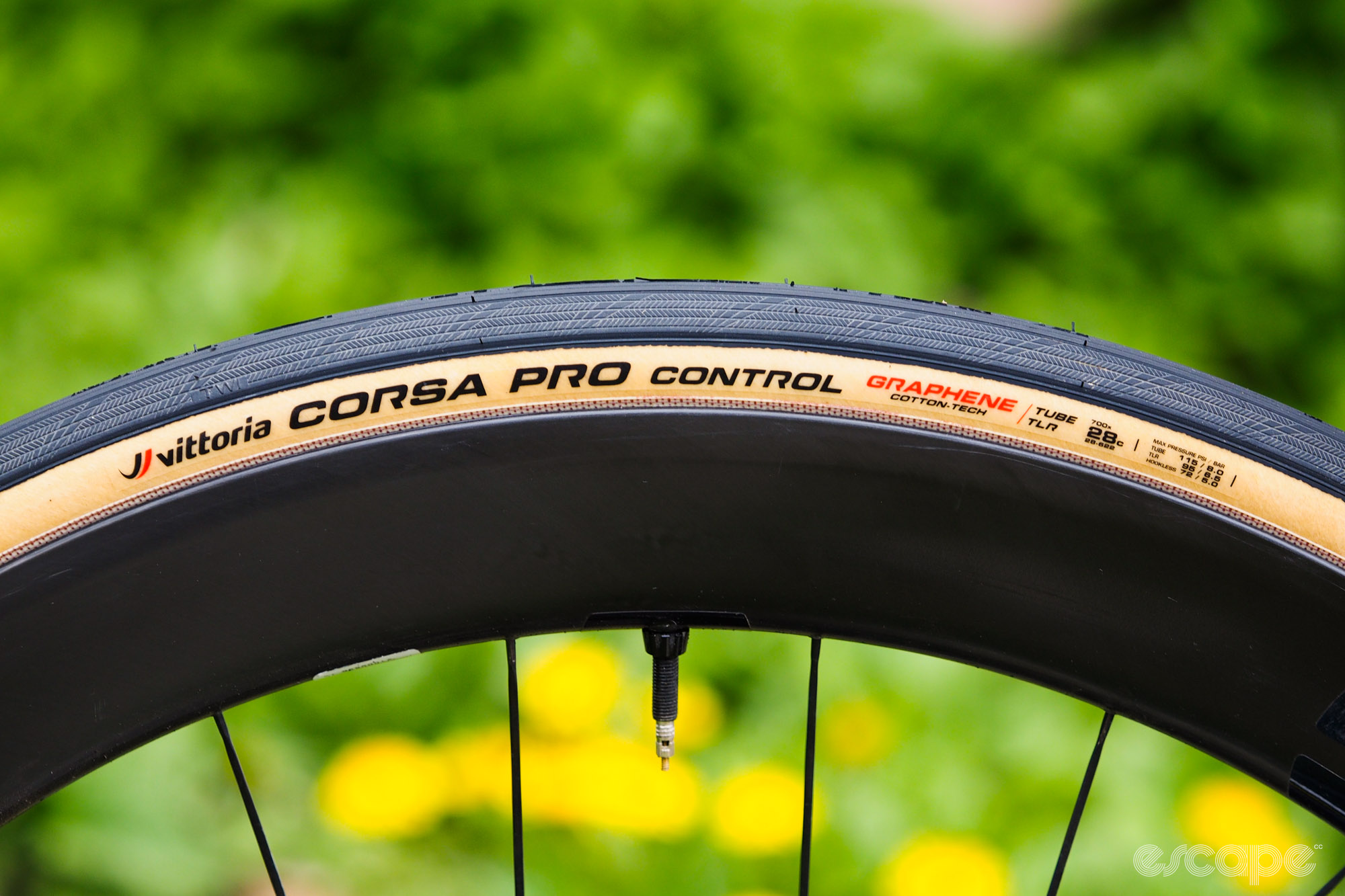
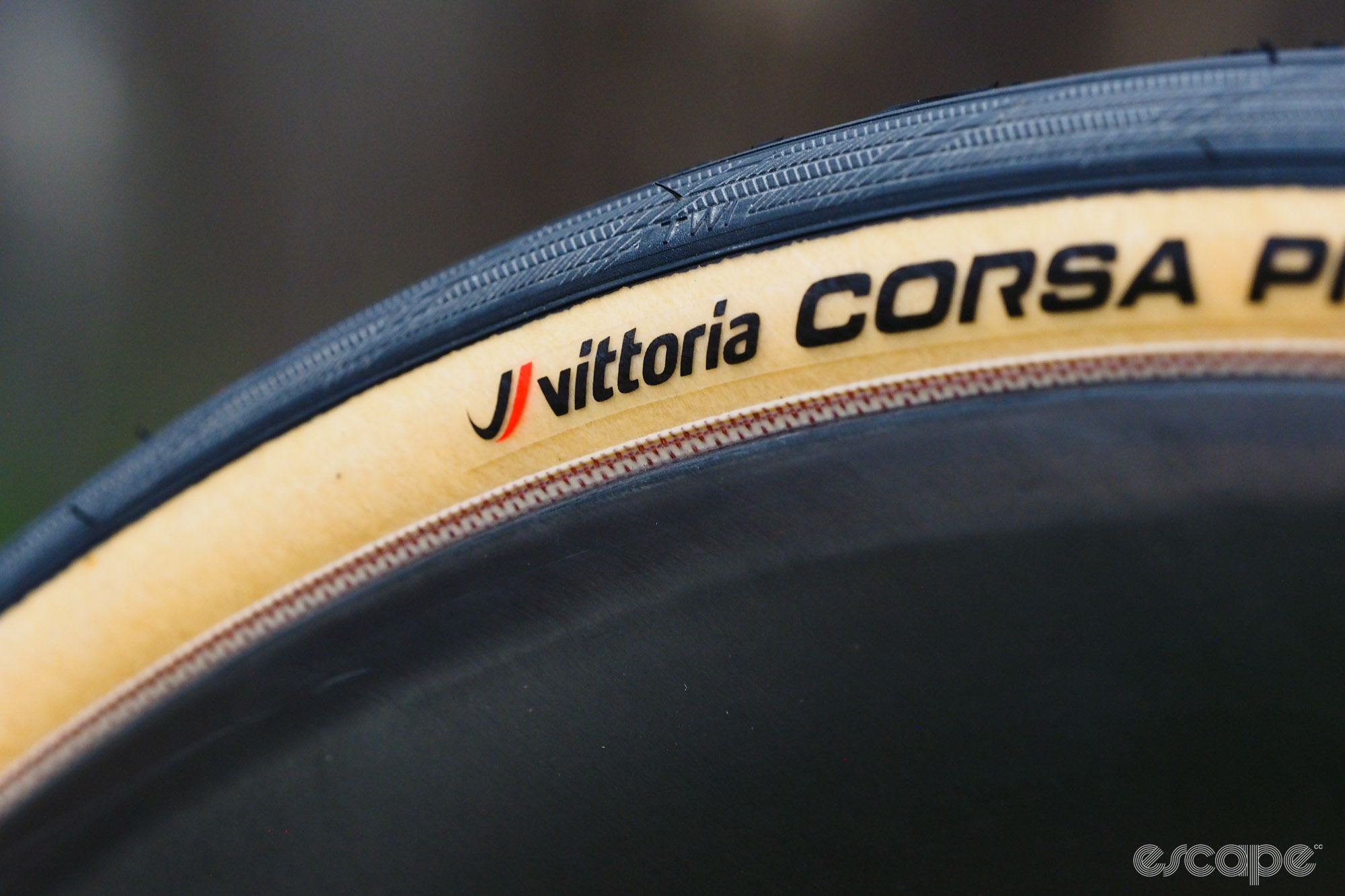
Did we do a good job with this story?



